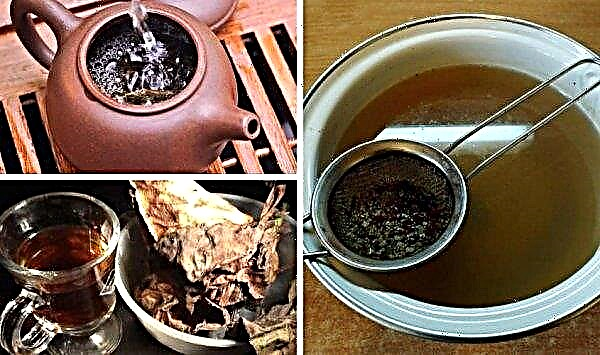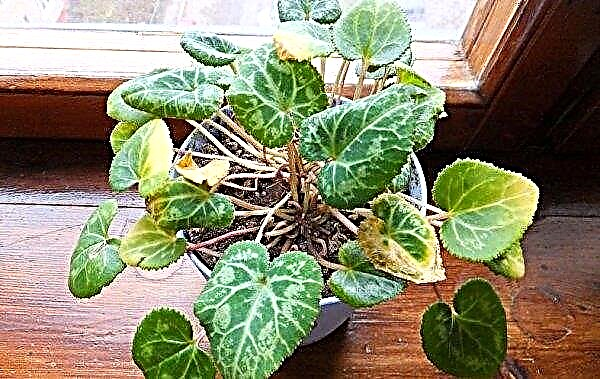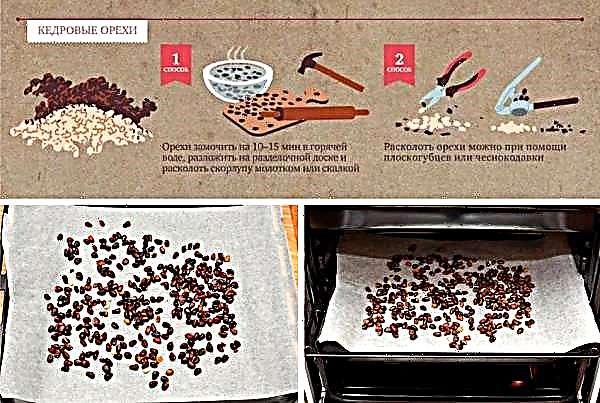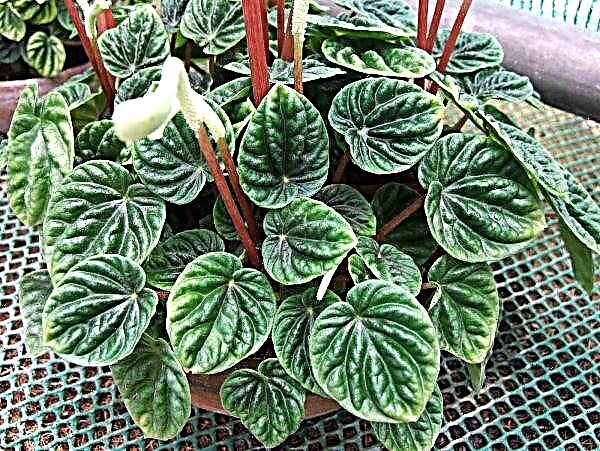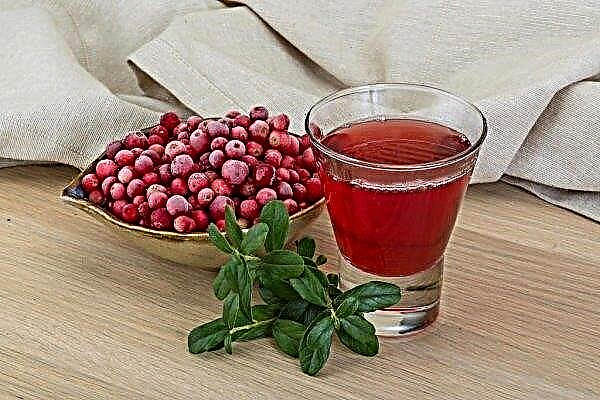As you know, any body of water, especially with stagnant water, sooner or later begins to be covered by various aquatic vegetation - all kinds of algae. This is a natural process, and if large ponds somehow cope with this, then small ponds can eventually turn into swamps. For summer residents who equipped such a reservoir on the site, this circumstance causes concern, but there is a way out - more on this in the article.
Dosage of copper sulfate
The fact is that blue vitriol is poison, used as a fungicide - a tool used to kill the fungus. The fungus is known to be a living organism. That is, the specified substance is used including for the destruction of living organisms.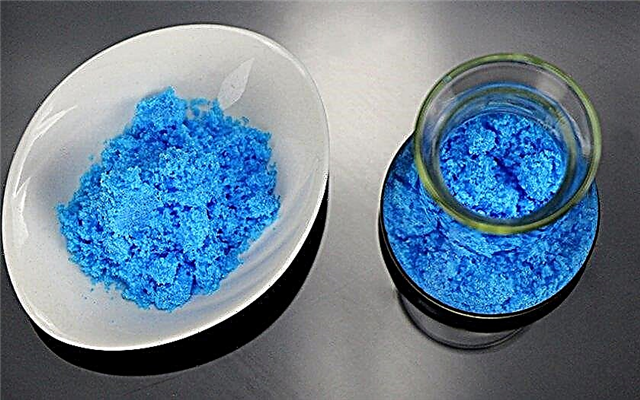
But any poison can be a medicine, as in this case. However, it is important to strictly observe its dosage. Since there are no recommendations for use in reservoirs where fish live, one should proceed from the instructions for cleaning the pools.
Important! Copper sulfate (copper sulfate) is a substance with moderate toxicity, hazard class 4. The lethal dose for an adult is 45–125 g orally (if swallowed and not immediately removed from the digestive tract).
It states that for such treatment an acceptable and at the same time quite effective concentration of copper sulfate is 0.9 g per 1000 l (1 m³) of water. However, the toxicity of copper sulfate for warm-blooded animals and humans is relatively low, but for cold-blooded animals and fish, this remedy is the strongest poison. So, is it worth it to be used in a fish pond, you decide. If you lower the concentration, the drug may not be effective.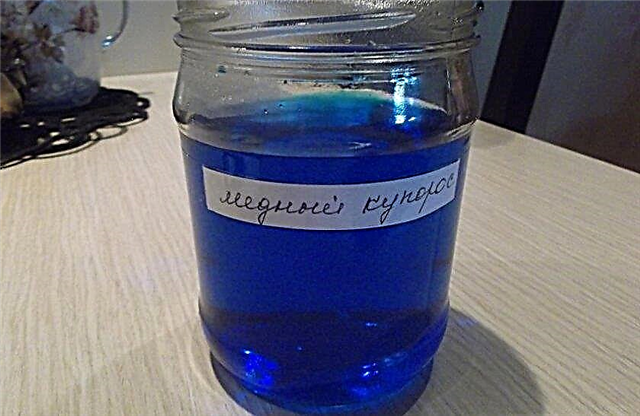
Cleaning instructions
It should be noted that if the total alkalinity of the reservoir you are about to clean is below 50 mg / l, the fish in it may die, since species that prefer to live in such water are very sensitive to copper. As already mentioned, copper sulfate is toxic, so when working with it, you must strictly observe safety precautions.
Did you know? Copper (II) sulfate is used in the food industry under the index E519. Apply the substance as a conservative and for fixing the color.
How to breed
All work on the preparation of the solution should be carried out in rubber gloves and a respirator (mask, if it is not).
Perform the procedure in this way:
- Calculate the mass of vitriol you need. To do this, you need to know exactly the volume of the pool, pond, tank, etc. For every 1000 liters of water, 0.9 g of crystals of copper (II) sulfate and 2.7 g of ordinary table salt (HCl) must be weighed, that is, in a ratio of 1: 3 . To do this, you will need accurate scales.
- Weigh the required mass of components and pour them into a container to prepare a solution. It is best to use a glass jar, enameled or plastic dishes for this. To prepare a solution of copper sulfate, you can not use iron or galvanized containers, as this will lead to oxidation.
- First, pour the powder with 1 cup of hot (approximately 50 ° С) water, after which the product must be allowed to dissolve, pumping the container in a circular motion. Then you need to let the solution settle.
- After the liquid has stood a little, add the remaining water of the same temperature and mix well. The specific volume of the prepared solution depends on the weight of vitriol and the area of the treated pool. In addition, the packaging of the manufacturer of the product contains recommendations for preparing the solution.

It should be understood that the volume of the prepared solution itself is not so important, the content of the active substance in it (concentration) is much more important. Next, you have to treat the water surface of your body of water. So an aqueous solution is only a means of uniform distribution of the active substance throughout the water area. And evenly spread on the surface of the pond, say 50 m², you can bucket and 3 liters of liquid.
Typically, the manufacturer recommends preparing a 1.3 and 5% solution. But you can make it more concentrated, as the figures given are for use in agriculture. Such a solution is prepared to kill parasites, but not the plant. In your case, the product will quickly dissolve in the water of the pond or pool, so that you can make a 10% concentration.Important! It should be remembered that for a person a much greater toxic hazard is not a solution of copper (II) sulfate, but inhalation of its aerosols, suspension of small particles (drops) in air.
Spraying process
To spray small ponds, you only need a boat and a hand sprayer. If you have a very small pond, for example, the width between the banks is 4–5 m, and the sprayer is equipped with a hose with a long nozzle, you can do without a boat.
The main task is to evenly spray the product across the water, paying special attention to the places of accumulation of algae.If we are talking about a stationary pool, in this case the prepared solution is added to the ejection mixers located on the water supply pipe.
Did you know? A solution of copper sulfate is used at points of purchase of non-ferrous scrap to detect zinc, manganese and magnesium in aluminum and stainless steel alloys. If these elements are present in the alloys, red spots appear on them from vitriol.
Advantages and disadvantages of copper sulfate
- It should be said about the advantages and disadvantages of using copper sulfate to clean the pond from algae. First, the advantages of the method:
- fungal colonies die in the reservoir;
- the product eliminates algae - both multicellular and unicellular;
- inhibits the flowering of water, which becomes transparent;
- possesses disinfecting properties;
- enhances the effect of antibacterial drugs.
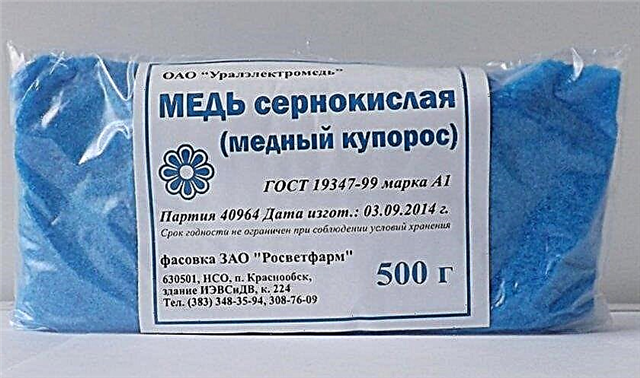
- But despite all the above advantages, there are also disadvantages to using the product:
- copper sulfate - a toxic substance, the careless use of which can lead to poisoning;
- It requires quite painstaking preparation and a very accurate dosage (the use of weights, safety precautions, etc.);
- the process of proper processing (spraying) is quite time-consuming.

